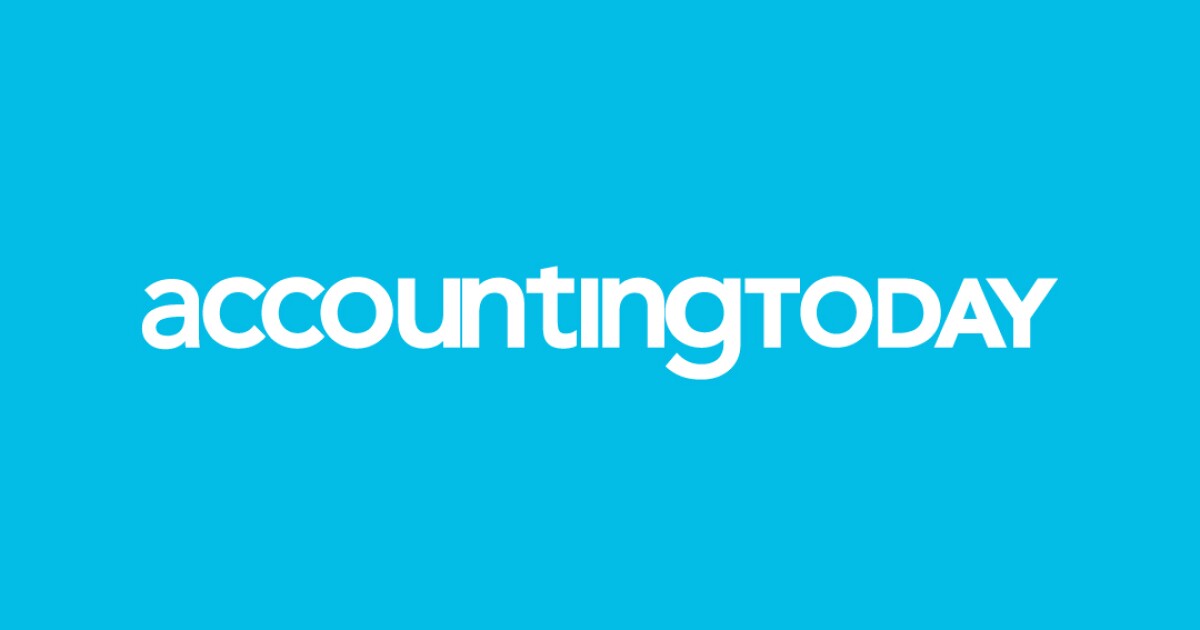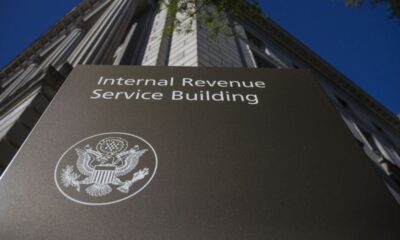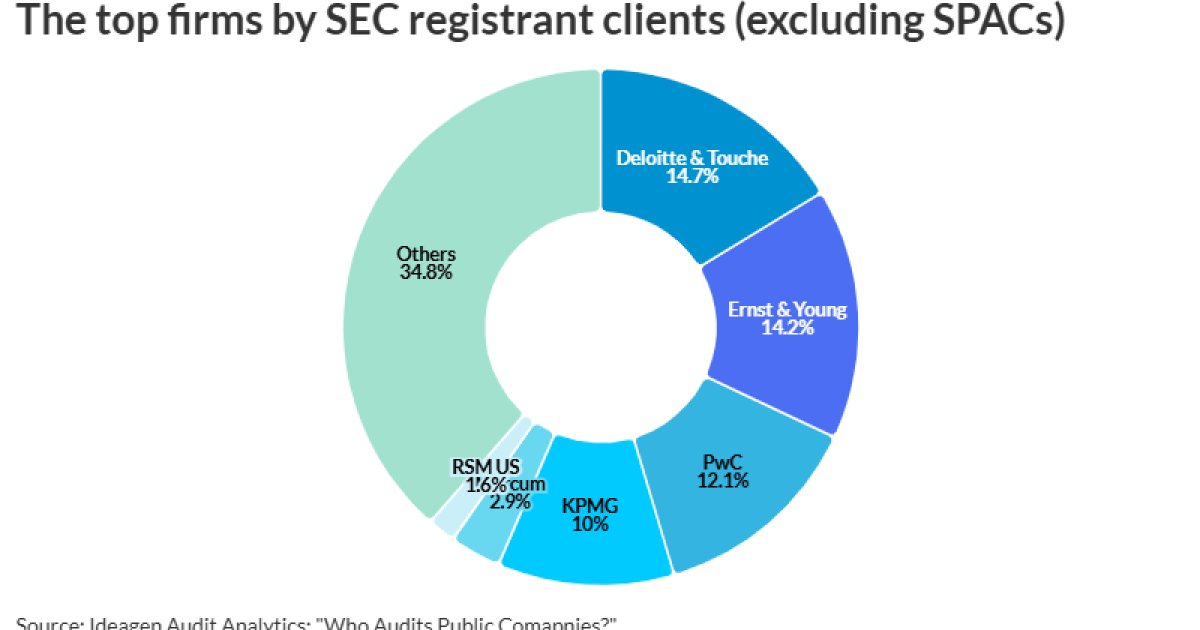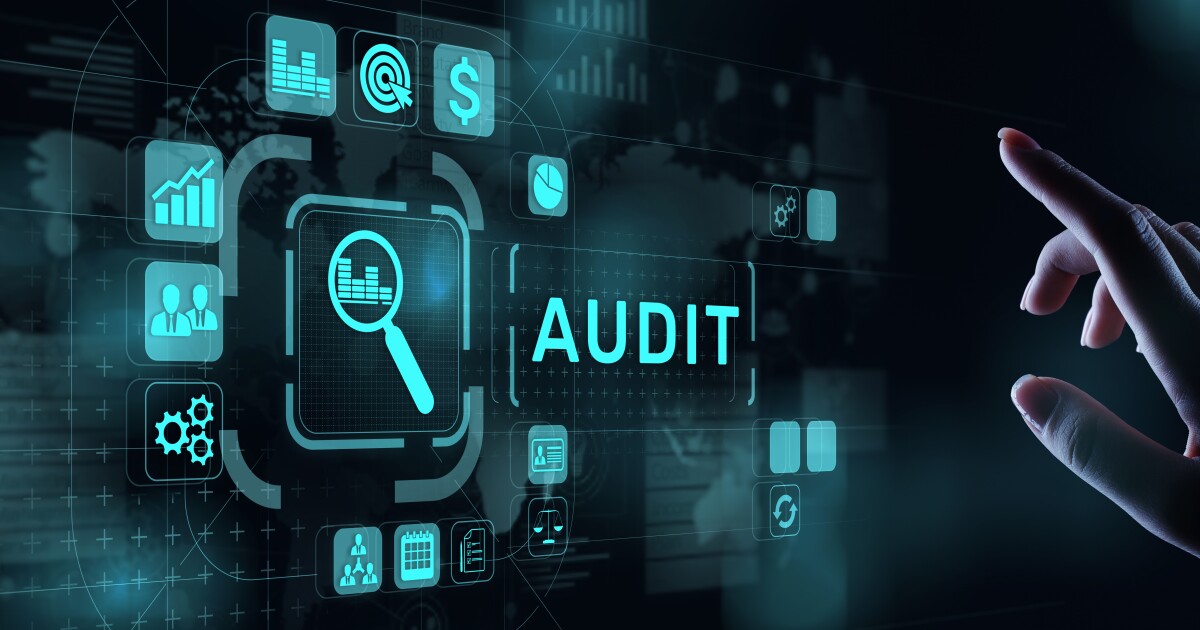External auditors have long been tasked with ensuring financial integrity, detecting fraud and providing an independent opinion on a company’s financial statements.
Now, with the rise of continuous auditing, this role is evolving. Should auditors be involved in real-time financial monitoring? Will continuous auditing enhance audit quality or introduce new risks? And will AI and automation result in continuous audits that are more efficient, or will it drive up complexity and costs?
These questions go beyond technology — they redefine the audit function, independence and financial reporting expectations. The potential is huge, but so are the challenges that come with it.
What is continuous auditing?
Think of a traditional audit like an annual medical check-up — you go in once a year, the doctor reviews your health and gives you an assessment based on that visit. Continuous auditing? That’s more like wearing a smartwatch that tracks your health 24/7, constantly looking for issues as they happen. It uses AI, automation and analytics to monitor transactions in real time. Instead of waiting until the end of the reporting cycle, risks, anomalies and possible control issues are flagged as they happen.
At first glance, continuous auditing seems like a clear win — faster fraud detection, stronger financial oversight and fewer year-end surprises. But it also raises a critical question: If auditors are reviewing financial data year-round, are they expected to report findings externally in real time? And if they are not, could that expose them to greater liability?
The shift from traditional audits to continuous audits
Auditors traditionally provide independent opinions after management closes the books, but continuous auditing challenges this boundary. When auditors monitor financials year-round, the distinction between independent oversight and management’s control function can become blurred — at least in perception.
Flagging issues at many touchpoints during the year may also introduce concerns about their accountability for financial outcomes before the final opinion is issued.
Independence will always be a core pillar of auditing, both in fact and perception. As auditors engage in real-time monitoring, the challenge becomes ensuring they remain objective third parties rather than part of management’s oversight process. Regulators must then establish clear safeguards to uphold auditor independence while leveraging continuous auditing’s benefits.
AI and automation
This shift isn’t just happening because companies want it — it’s happening because AI and automation have made it possible. And let’s be honest: this technology is a game-changer. AI is transforming auditing by enabling real-time anomaly detection, predictive risk assessment and full population testing with greater accuracy than traditional sampling.
For audit firms, this means a fundamental shift in how audits are conducted. AI isn’t just making audits faster — it’s enabling full population analysis to catch risks that sampling might miss, automating repetitive tasks to give auditors more time for complex judgment calls, and strengthening fraud detection with continuous monitoring that builds investor confidence. How ready are firms to embrace this transformation?
What about the cost of continuous auditing?
Cost is another part of this debate around continuous auditing. Continuous auditing smooths workloads year-round, optimizing firm resources and specialists. AI handles routine transactions, freeing auditors to focus on complex, high-risk (high value) areas requiring expert judgment. It also allows management to have visibility of the audit fee build-up — distinguishing between tasks that can be automated with AI and the specialized work that demands deeper professional judgement.
While continuous auditing offers those advantages, one could argue this may lead to higher audit fees if auditors are “on the ground” 24/7, the cost of upfront investment in AI tools, and added complexity in maintaining compliance with new regulations. The final answer depends on how firms adopt it — but in the long run, efficiency gains and stronger risk detection (i.e., preventing costly year-end financial restatements) may strongly justify the investment.
Will auditors fully embrace continuous auditing?
The demand for faster financial assurance is already here. Shareholders want more transparency and faster reporting, regulators want better oversight, and companies see AI-driven monitoring as an advantage. For this to happen, regulatory standards will need to evolve to address real-time assurance and how it aligns with auditor independence. Audit firms will need to balance technology investment with governance structures that ensure objectivity, transparency and liability-mitigation.
As companies (and internal audit practitioners) adopt rolling and periodic assurance models with AI-driven monitoring, the shift to a fully continuous audit model for external audit is not just a possibility — it’s within reach. But getting there requires more than just technology; it demands clear regulatory frameworks, strategic investment, and strong legal protection and independence safeguards to maintain trust in the audit process.
AI and automation will rewrite the playbook, shifting audit expectations from a single annual opinion to rolling, real-time insights. With historical audits losing their shine, more stakeholders are asking for a better solution.
Continuous auditing is no longer theoretical — it’s happening now. The challenge is ensuring it enhances audit quality while maintaining independence. With AI redefining expectations, are audit firms, regulators and businesses ready to embrace this shift? The conversation is just beginning — where do you stand?


 Economics7 days ago
Economics7 days ago
 Personal Finance1 week ago
Personal Finance1 week ago
 Economics6 days ago
Economics6 days ago
 Economics1 week ago
Economics1 week ago
 Accounting6 days ago
Accounting6 days ago
 Economics7 days ago
Economics7 days ago
 Personal Finance1 week ago
Personal Finance1 week ago
 Personal Finance7 days ago
Personal Finance7 days ago










